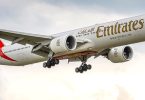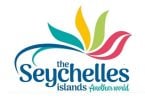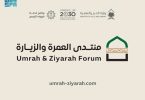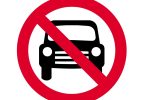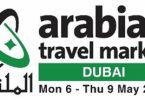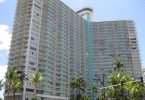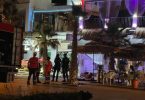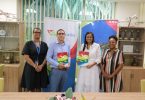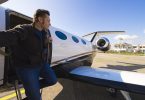Johannesburg — THE Tourism Satellite Account (TSA) was launched at Indaba by South African Tourism (SAT) as part of an ongoing programme to accurately quantify the value of the tourism industry in SA. This was the culmination of years of planning starting in 2002 when it was realised that it was necessary to more accurately quantify the contribution of the sector to gross domestic product (GDP) and jobs creation.
Because the tourism sector is an important foreign exchange earner that makes a significant contribution to economic development and jobs, it was identified as special priority. However, this confidence was based on data derived almost exclusively from arrival and overnight stay statistics, balance of payment information and SAT surveys. While these were of some value, they fell short of providing the information necessary to properly manage and optimise the sector.
Iraj Abedian, CEO of Pan-African Investment & Research, outlined a few possible ways in which government and the private sector can optimise the tourism sector. These include:
– Making sure that anyone who wants to come to SA has an easy time of it, with the relevant departments ensuring that visas are easily obtainable and renewable.
– Making sure that tourists have their basic needs met in the form of security, health services, public transport and information.
The creation of the TSA was undertaken as a collaborative venture between SAT, DEAT, Stats SA, the Reserve Bank, home affairs and the Trade and Industry Department.
It was necessary to calculate a satellite account because tourism is not recognised by the International Standard Industrial Classification of all Economic Activities as one of the nine industries in the national system of accounts (NSA) from which every country in the world calculates its GDP and other financial statistics. This is because tourism does not create a specific, concrete and identifiable product as do, for example, agriculture or construction. So, what the TSA does is identify what percentage of the all NSAs could be directly or indirectly attributed to tourism.
The figures used in the first survey were those for 2005, and the results bode well for players in the tourism industry. The tourism direct GDP was R45,65bn, which is 3% of SA ‘s total GDP. Even more encouraging was that, in 2005, 527630 people were employed indirectly creating goods and services for tourists.
The TSA may also prove to be a useful tool for environmentalists, who would, for instance, be able to prove with facts that wilderness areas are worth more in a pristine state than they are torn up by earthmoving machines. The TSA, while providing a good general overview, is still far from perfect.
(eTN): Adding up the value of the tourism industry in SA | re-post license | post content



